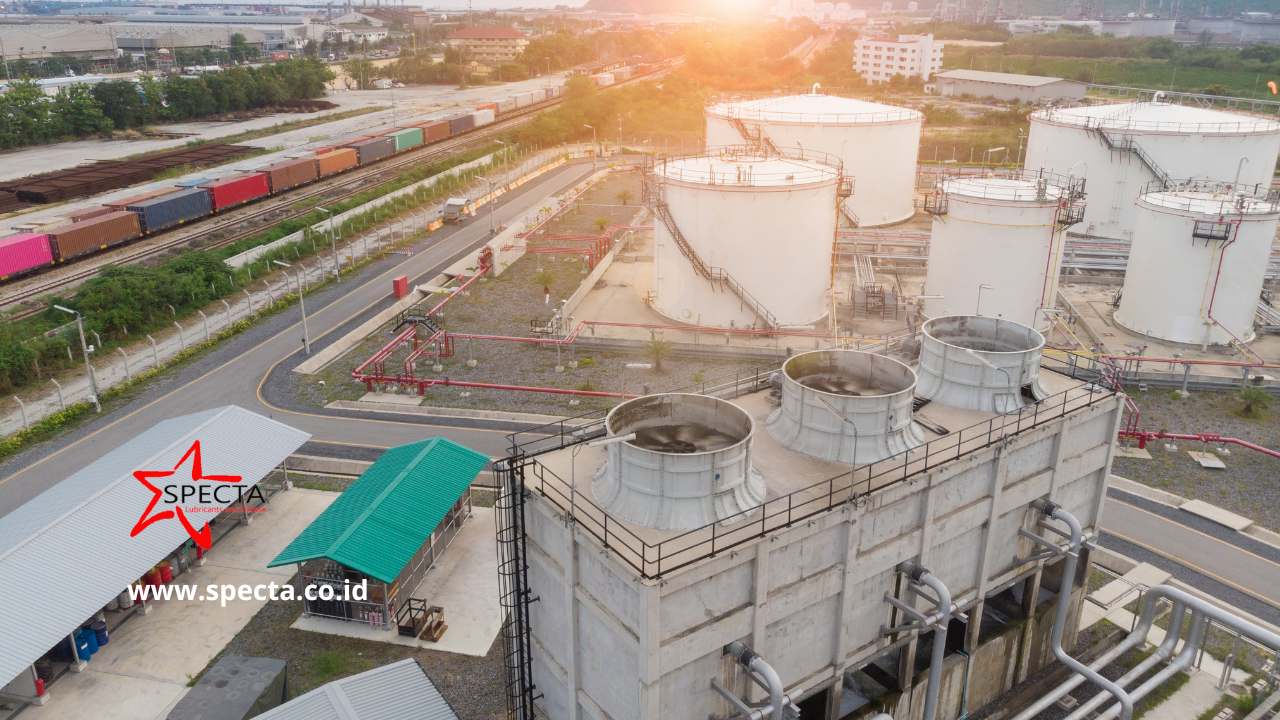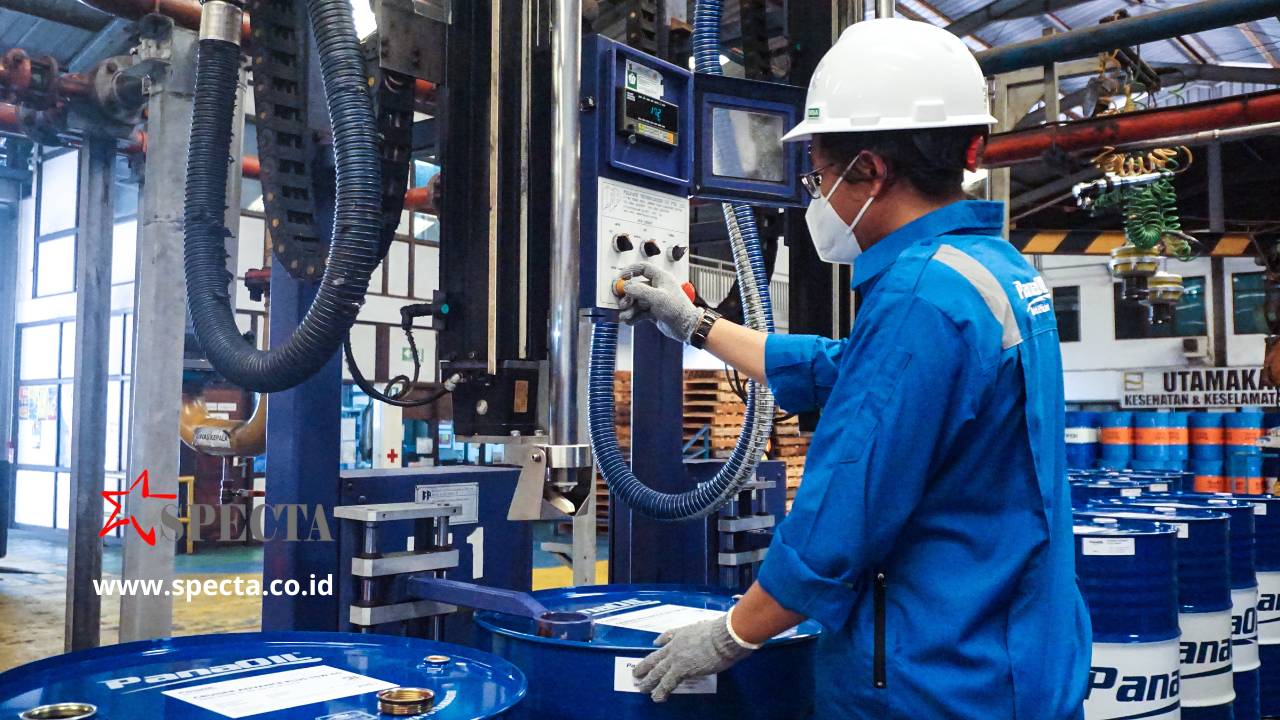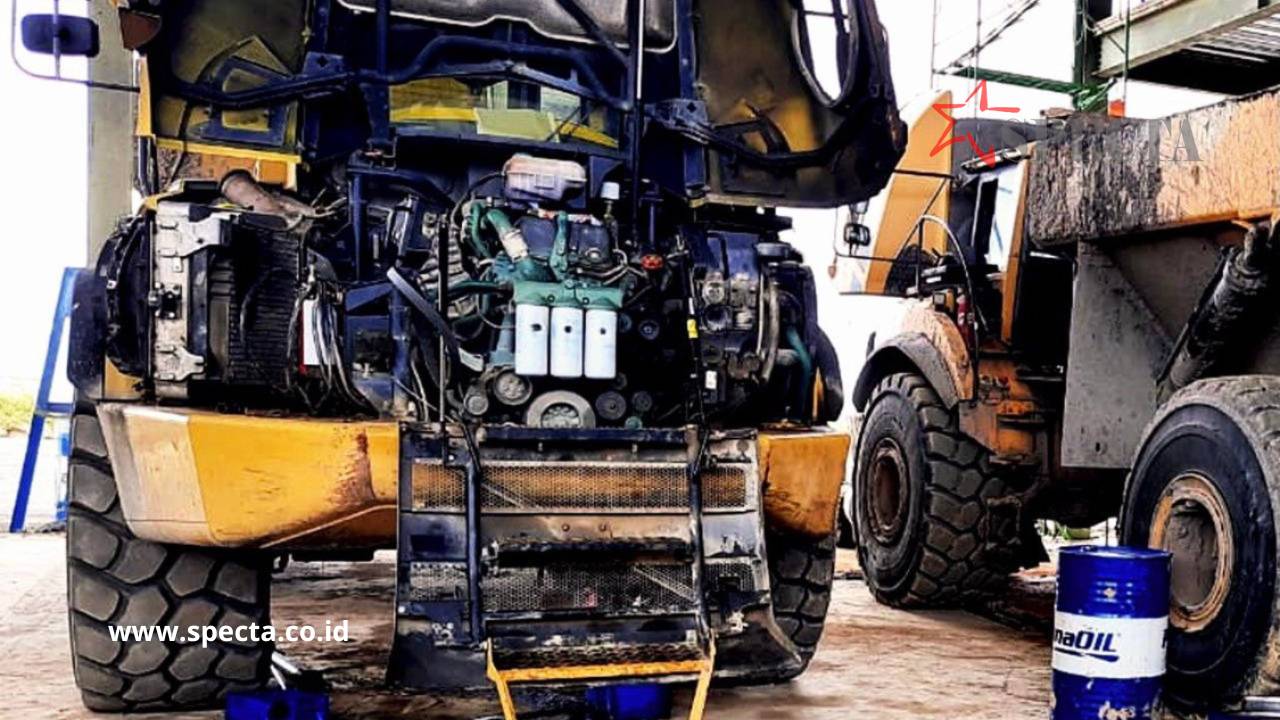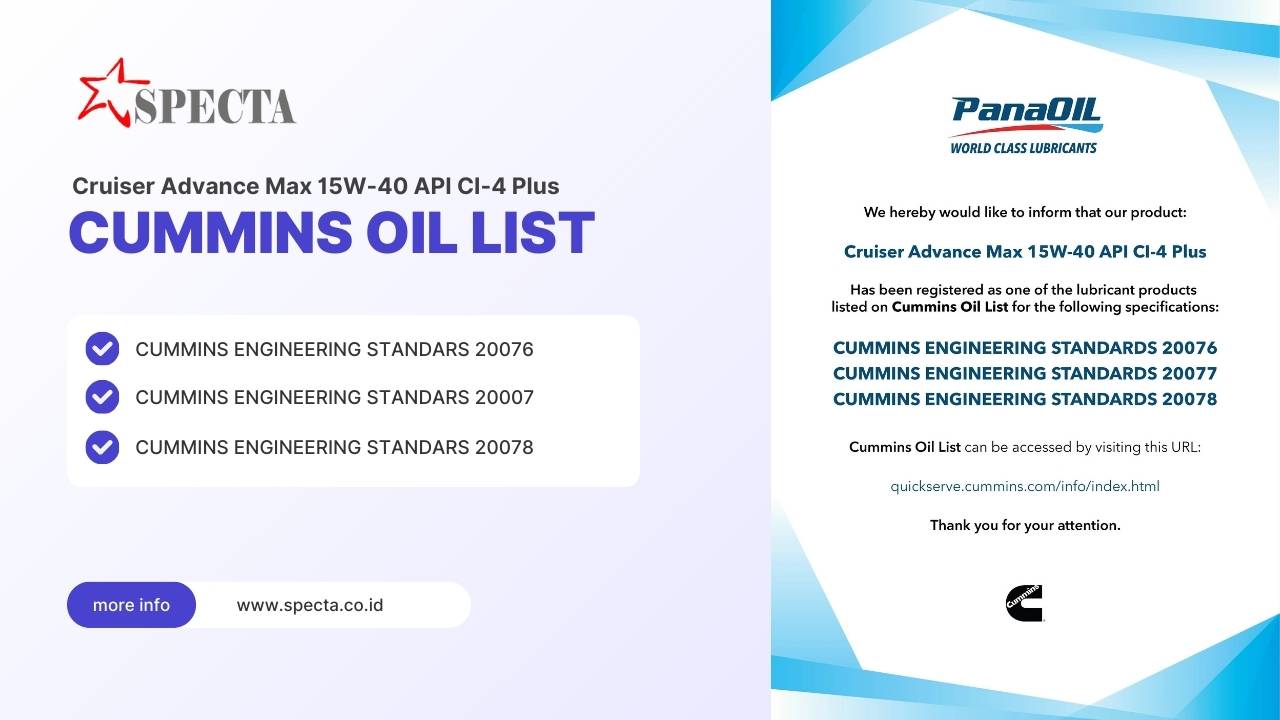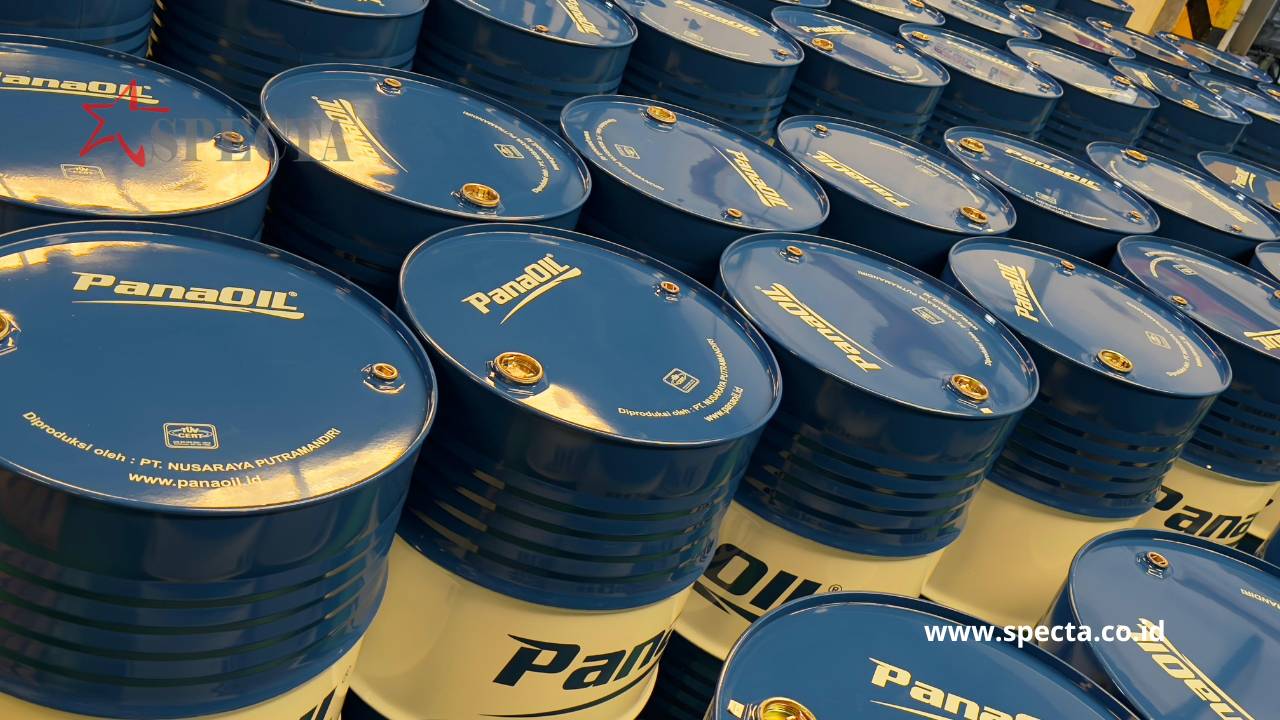Understanding the Importance of Oil Analysis for Turbine Oil Quality
Turbine oil plays a vital role in ensuring the smooth functioning and longevity of industrial turbines. Oil analysis is the cornerstone of maintaining turbine oil quality, ensuring that equipment runs efficiently, reducing unexpected downtime, and minimizing maintenance costs. This article explores how to effectively control the quality of turbine oil through comprehensive oil analysis, alongside a recommendation to use Panaoil Turbine Oil to achieve optimal performance.
What is Turbine Oil Analysis?
Turbine oil analysis is a predictive maintenance technique used to monitor the condition of turbine oil and, indirectly, the turbine itself. This involves testing the oil for contamination, viscosity, oxidation, and other chemical properties to ensure the fluid maintains its lubricating abilities.
By analyzing turbine oil regularly, operators can detect early signs of degradation or contamination, helping them prevent costly breakdowns and maintain peak operational efficiency. The process generally involves different tests, each focusing on specific properties of the oil.
Key Oil Analysis Tests to Control Turbine Oil Quality
To ensure that turbine oil remains in optimal condition, the following key oil analysis tests are essential:
- Viscosity Test
- Purpose: Measures the oil’s resistance to flow, which directly affects its ability to lubricate.
- Importance: Maintaining proper viscosity is critical for ensuring that the oil flows efficiently and provides the required lubrication under different operating conditions.
- Oxidation Test
- Purpose: Evaluates the level of oxidation within the oil.
- Importance: Oxidation occurs over time, resulting in sludge formation and increased acidity. Monitoring oxidation helps in determining whether the oil is reaching the end of its useful life.
- Water Contamination Test
- Purpose: Detects water content in the oil.
- Importance: Water contamination can lead to decreased lubricity and corrosion. An effective oil analysis program will detect and help mitigate water contamination issues before they impact turbine health.
- Particle Count Analysis
- Purpose: Measures the number of particles suspended in the oil.
- Importance: Dirt, debris, or other contaminants can degrade the oil’s quality, leading to increased wear and tear on turbine components. Keeping particle counts low is essential for minimizing equipment wear.
- Acid Number (AN) Test
- Purpose: Measures the acidic content in the oil.
- Importance: A high acid number indicates the presence of oxidation products, which can be harmful to turbine parts. Monitoring this value helps ensure that oil remains stable and does not contribute to corrosion.
- Foam Test
- Purpose: Evaluates the oil’s tendency to foam.
- Importance: Foaming can lead to poor lubrication and excessive aeration of the oil. Regular foam testing helps in maintaining proper lubrication.
Best Practices for Effective Oil Analysis
- Regular Sampling: Implement a consistent schedule for collecting oil samples. Samples should be taken while the turbine is operating, ensuring that you’re getting an accurate representation of the oil’s condition.
- Choose the Right Testing Frequency: The frequency of oil analysis depends on the working conditions of the turbine and the quality of the oil. It is recommended to perform these tests monthly or quarterly, depending on the severity of the operating environment.
- Use Accurate Sampling Techniques: Make sure that the oil sample is taken from a suitable point in the system, avoiding locations that might have stagnant or non-representative oil.
- Analyze Trends, Not Just the Numbers: Single test results are not enough to diagnose potential issues. Tracking the trend of various parameters over time provides a more complete picture of oil and turbine health.
- Act Promptly on Analysis Results: If the analysis indicates issues like high contamination or significant changes in oil chemistry, it is essential to take corrective action immediately. This may involve filtering the oil, replacing it, or modifying operating conditions.
Benefits of Oil Analysis for Turbine Performance
Oil analysis is a proactive approach to maintaining turbine reliability. By regularly monitoring the oil, operators can:
- Reduce Unplanned Downtime: Early identification of oil issues prevents breakdowns that could halt operations unexpectedly.
- Extend Oil Life: With timely intervention, oil that has slight contamination or degradation can often be filtered and reused, thereby extending its useful life.
- Improve Efficiency: Proper lubrication reduces friction between moving parts, ultimately improving the efficiency of the turbine.
- Lower Maintenance Costs: Predictive maintenance, aided by oil analysis, can lead to significant cost savings as issues are caught early before they lead to expensive repairs.
Why Choose Panaoil Turbine Oil for Optimal Performance
One of the best ways to keep your turbine running at its peak efficiency is to start with a high-quality oil. Panaoil Turbine Oil is an excellent choice for maintaining turbine efficiency due to its advanced formulation, which ensures:
- High Oxidation Stability: Panaoil offers exceptional resistance to oxidation, reducing the formation of harmful sludge and extending the oil’s lifespan.
- Superior Water Separation: Water contamination is a common issue in turbines, and Panaoil’s excellent water separation properties ensure that the oil retains its lubricating characteristics even in challenging conditions.
- Low Foaming Tendency: Panaoil Turbine Oil is engineered to minimize foaming, thereby improving lubrication and reducing the chances of air entrapment within the system.
- Exceptional Wear Protection: The advanced anti-wear additives in Panaoil help protect turbine components from damage, ensuring longer equipment life and fewer repairs.
- Thermal Stability: Panaoil is designed to handle extreme temperatures without breaking down, making it ideal for use in high-stress environments such as power generation turbines.
By choosing Panaoil Turbine Oil, operators can effectively maintain turbine reliability and avoid the headaches that come with using lower-quality oils. This product, combined with a regular oil analysis routine, will significantly improve turbine performance and longevity.
Step-by-Step Guide to Performing Oil Analysis
To ensure that you are getting the most out of your turbine oil, here is a step-by-step guide to performing an oil analysis effectively:
- Select the Sampling Point: Identify the correct location for oil sampling—preferably from the main circulation line, where oil is continuously moving.
- Prepare the Sampling Equipment: Use clean and dry sampling bottles. Contaminated sampling bottles may provide false readings, leading to incorrect conclusions about oil quality.
- Draw the Sample: Collect the sample while the turbine is operational or shortly after shutdown, ensuring that the oil is hot and well-circulated.
- Seal the Sample: Close the bottle tightly to avoid contamination and label it with information such as the date, turbine model, and location.
- Send for Laboratory Testing: Send the sample to an accredited oil testing laboratory. Make sure to fill out the required details, including any issues the turbine has faced recently.
- Review the Analysis Report: The analysis report will give a detailed breakdown of the parameters measured, their values, and whether any parameters are out of acceptable limits.
- Take Necessary Actions: If abnormalities are detected, act promptly. This could include replacing or filtering the oil, or performing maintenance on the turbine components.
Common Turbine Oil Problems Detected by Oil Analysis
- Oxidation and Varnish Formation: If oxidation products are detected in high quantities, it could lead to varnish formation, which can impede proper lubrication.
- Increased Viscosity: An increase in viscosity indicates oxidation, contamination, or mixing with incompatible fluids. This could lead to poor lubrication and increased friction.
- Presence of Water: Water contamination is a common issue and can lead to rust, decreased lubrication, and eventual failure of the turbine. It is crucial to detect and remove water as early as possible.
- High Acid Number: A high acid number suggests that the oil is degrading due to oxidation, which can lead to the corrosion of internal components.
- Metal Particles: Metal particles in the oil indicate component wear. The presence of these particles can provide insight into specific parts that may require maintenance.
Read more also: Benefits and Maintenance Gas Engine Oil for Industrial Machinery
FAQs on Turbine Oil Quality and Oil Analysis
1. How often should turbine oil analysis be conducted?
- The frequency of turbine oil analysis depends on the operational environment and the criticality of the equipment. Typically, monthly or quarterly testing is recommended for optimal performance monitoring.
2. What are the benefits of using Panaoil Turbine Oil?
- Panaoil offers superior oxidation stability, excellent water separation, low foaming tendencies, and thermal stability. These characteristics ensure that your turbine remains well-lubricated and efficient.
3. How can oil analysis extend the lifespan of turbine oil?
- Oil analysis helps identify issues like contamination, oxidation, or excessive acidity early. This allows for corrective action, such as filtering the oil or adjusting operational conditions, thereby extending the oil’s useful life.
4. What is the impact of water contamination on turbine oil?
- Water contamination can lead to rust, corrosion, and a reduction in the oil’s lubricating ability. Removing water contamination early helps maintain turbine efficiency and prevent damage.
5. What is the difference between a viscosity test and an acid number test?
- A viscosity test measures the oil’s resistance to flow, ensuring proper lubrication, while an acid number test measures the acidity, indicating the level of oil degradation and potential corrosive properties.
6. Why is it necessary to use accredited labs for oil testing?
- Accredited labs follow standardized procedures and use advanced equipment to ensure accurate results. This helps in making informed decisions regarding maintenance and oil replacement.
7. How does particle count analysis contribute to turbine health?
- Particle count analysis identifies the level of contamination, such as dirt or metallic particles, that can lead to wear and damage. Keeping these counts low helps in maintaining optimal turbine performance.
Conclusion: Ensuring Peak Performance with Oil Analysis and Panaoil
Controlling turbine oil quality through regular oil analysis is an effective way to ensure long-lasting performance and minimize downtime. By detecting potential issues like contamination, oxidation, and viscosity changes early, operators can take proactive steps to protect their equipment.
To achieve the best results, it is crucial to use high-quality turbine oil, such as Panaoil Turbine Oil. Its advanced properties, such as oxidation resistance, low foaming tendency, and excellent water separation, make it the ideal choice for maintaining your turbine’s performance. Combining a consistent oil analysis schedule with high-quality oil is the key to maintaining an efficient, reliable turbine operation.


